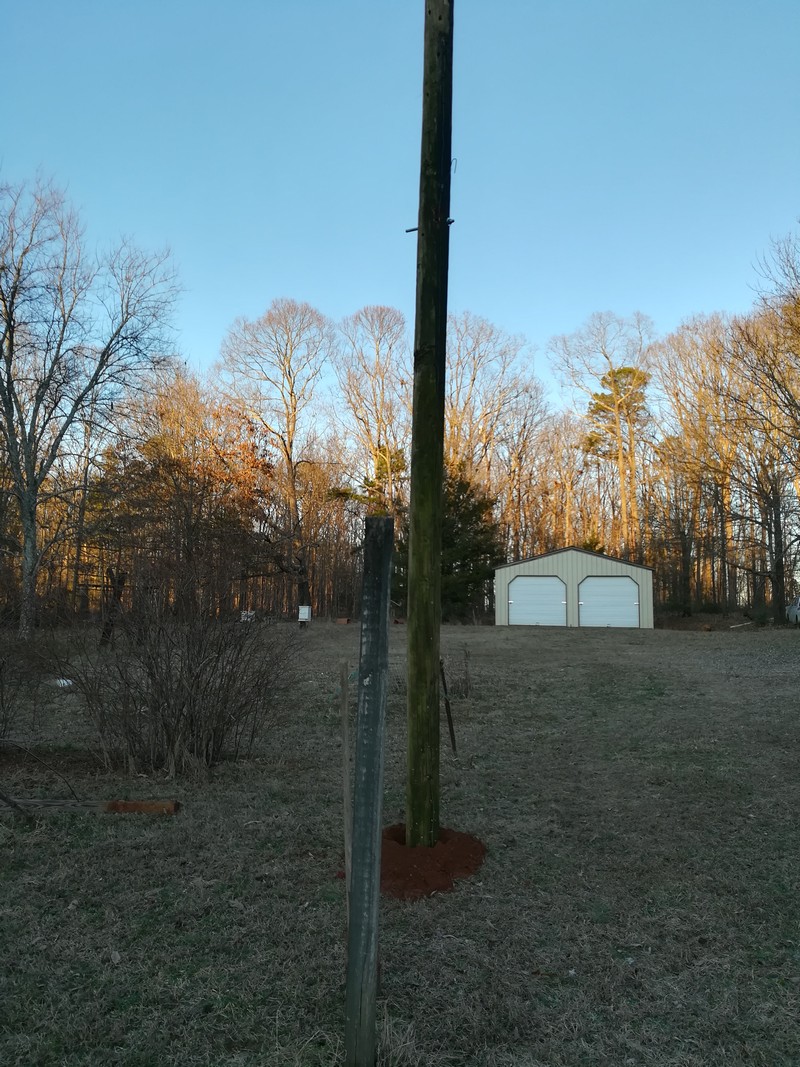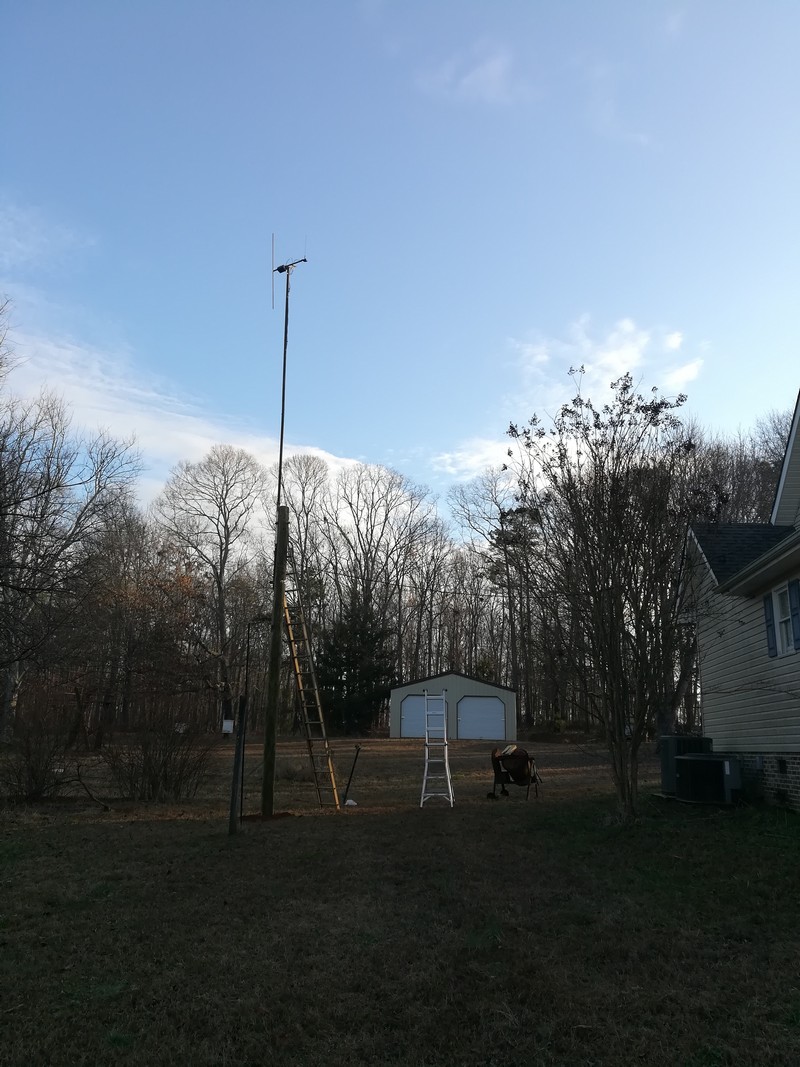For ham radio enthusiasts, having a reliable and far-reaching signal is essential. One common issue is interference caused by obstacles like dense tree lines. Building a DIY radio tower is an excellent solution to boost signal range and get your antenna above obstructions. This guide explains how a simple, low-cost radio tower was constructed using a utility pole and metal tubing, resulting in a 40-foot tower perfect for ham radio operations.
DIY Radio Tower Design

The foundation of this DIY radio tower starts with a 20-foot utility pole, buried a few feet into the ground for stability. Dirt is packed tightly around the base to ensure it remains secure.
The upper section of the radio tower is made from long pieces of metal tubing. These sections are welded together to create an additional 20 feet of height. Combined with the utility pole, the tower reaches 37 feet, and the antenna adds another 3 feet for a total height of 40 feet.
One of the key design challenges was making the upper section accessible for maintenance or antenna changes. Since the metal tubing isn’t rigid enough to climb, and pre-assembling everything wasn’t practical, a pivot system was created.
At the top of the utility pole, a hole was drilled, and an eye bolt was welded to the metal pipe. This allows the upper section to swing down when needed. To lock it in place, a plate with two bolts is installed just below the pivot point. Lowering the tower only requires climbing the utility pole, loosening the bolts, and carefully swinging the upper section down.
Antenna Feedline Setup
The antenna feedlines run neatly down the side of the tower’s upper section. This DIY radio tower accommodates three separate feedlines:
- Primary Multi-Band Antenna
- VHF Antenna
- Broadcast FM Antenna
These cables are routed across the yard and into the house through a window, providing an organized and efficient setup for ham radio operations.
Why Build a DIY Radio Tower?
This DIY radio tower is a cost-effective solution for improving signal reach and overcoming obstacles like trees or buildings. By using materials already on hand—such as a utility pole and scrap metal tubing—the total cost was kept minimal. Despite its simplicity, this radio tower offers excellent functionality and provides the height needed to transmit and receive signals clearly.

